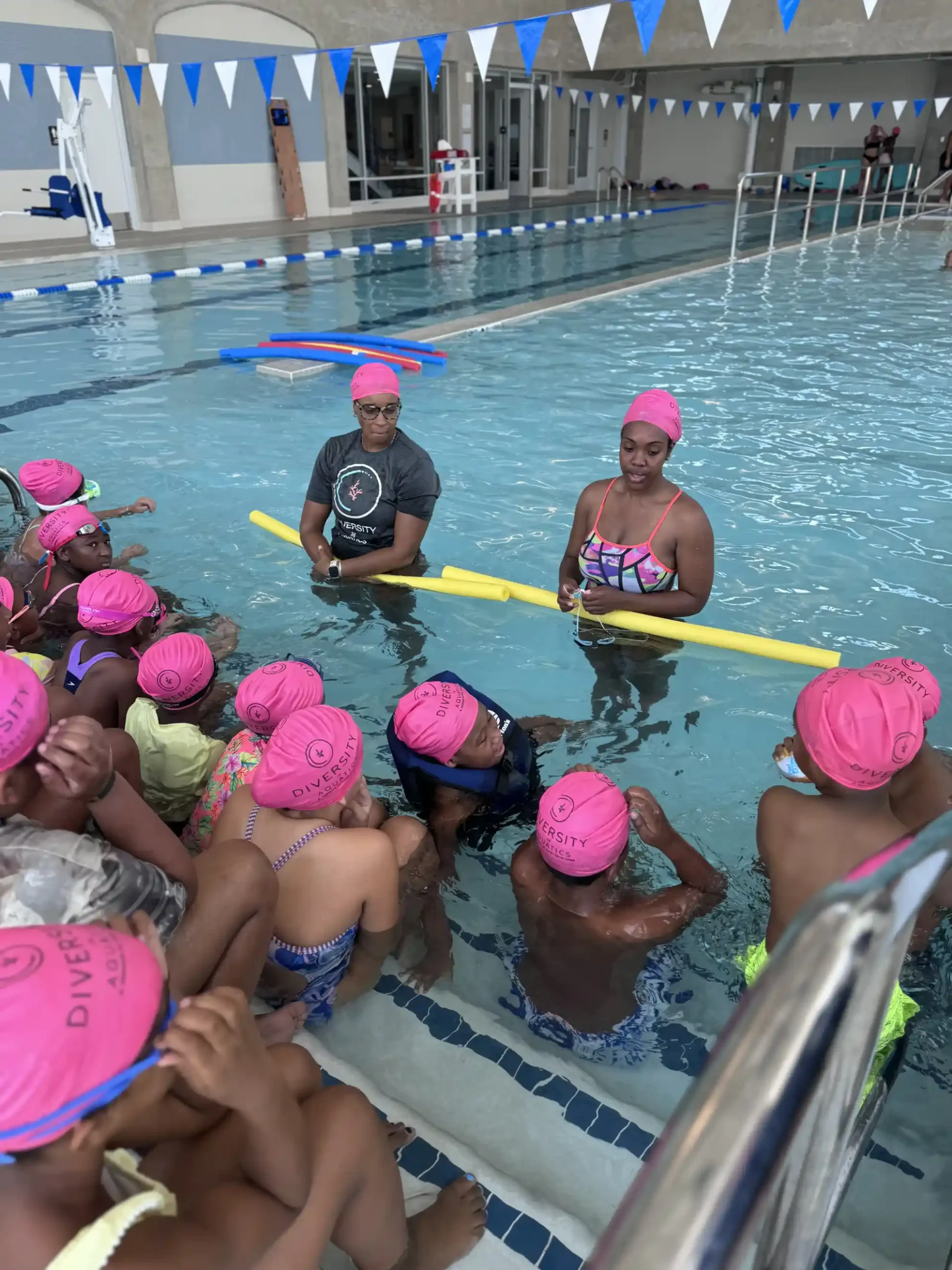Water safety is more than swimming lessons—it's a public health imperative. Communities across the country face disparities in access to aquatic safety education and resources, contributing to disproportionately high drowning rates, particularly in marginalized populations. Legislative advocacy provides a powerful avenue to address these disparities, ensuring equitable, community-wide access to safe aquatic environments.
This guide walks you through the steps of advocating for water safety legislation—from understanding how laws are made to mobilizing community action and engaging lawmakers effectively.
Before initiating any advocacy efforts, it's crucial to understand how legislation works at the local and state levels. Typically, a bill begins as a proposal from a legislator or advocacy group. It is then introduced to a legislative body, where it is assigned to a committee for study. If the committee approves it, the bill moves forward to debates, amendments, and votes.
Water safety legislation often focuses on requirements for swim education in schools, lifeguard certification standards, public pool safety protocols, or funding for community water safety programs. Advocates must understand who the decision-makers are—local city council members, state legislators, or regulatory agencies—and what stages their proposals must pass through.
Engaging early, providing testimony during hearings, and remaining involved during implementation are all crucial. By understanding the legislative path, advocates can strategically insert themselves into the process to push for change at the right moments.
Grassroots movements gain strength through collective action. Building a coalition involves bringing together like-minded individuals and organizations that support water safety reform. This includes schools, swim clubs, public health departments, first responders, and nonprofit organizations.
Start by identifying allies already active in water safety education or community wellness. Reach out to parent groups, school boards, and community health advocates. Host introductory meetings to align on goals and roles, and assign responsibilities for outreach, media relations, and direct lobbying.
A united front presents a stronger, more credible voice to lawmakers. It also allows you to pool resources, diversify your message, and build momentum faster. Most importantly, coalitions help reflect the needs and voices of the broader community—especially those who have historically lacked access to safe aquatic environments.
Lawmakers respond to clear, passionate, and data-driven messages. When approaching legislators, personalize your outreach: highlight how water safety—or its absence—impacts their constituents.
Schedule meetings with your representatives and come prepared with:
Keep your message concise and actionable. Avoid technical jargon and focus on the tangible benefits of the proposed legislation—lives saved, improved health outcomes, and reduced emergency response costs. Offer to be a resource throughout the legislative process and follow up regularly to maintain momentum.
Remember, advocacy is a marathon. Building trust and rapport with legislators ensures sustained support for both the current initiative and future reforms.
For legislation to succeed, it must be backed by an informed and engaged public. Raising awareness creates pressure for change and strengthens your position when meeting with lawmakers.
Use a multi-channel approach:
Educational efforts should emphasize that drowning is preventable and that equitable access to water safety resources is a matter of social justice. Empower the community with knowledge, and equip them to join your advocacy efforts.
In 2022, the city of Riverbend faced a crisis: three child drownings in a single summer. A group of concerned parents, educators, and public health advocates launched the Water Works Campaign, aimed at making swim education mandatory in local schools and funding lifeguard training.
The coalition quickly mobilized community members and gathered over 3,000 petition signatures. They engaged the media, shared stories from affected families, and used local drowning statistics to illustrate the urgency. Their message resonated with city council members, who introduced a water safety bill within months.
Despite initial pushback over funding, the coalition worked with budget officials to reallocate existing public health grants. The legislation passed in early 2023, mandating swim education for all third graders and establishing new lifeguard programs at public pools.
Within one year, Riverbend saw a 40% increase in swim proficiency and zero youth drownings. The Water Works Campaign became a model for community-led legislative advocacy.
Legislation ensures consistent, equitable standards across communities, making water safety programs a public priority rather than a private privilege.
Common laws include school swim education mandates, lifeguard training requirements, public pool regulations, and funding for underserved communities.
Start with your local city council member, school board, or state legislator. Identify committees that oversee public health or education.
Use local and national drowning statistics, especially those highlighting racial or socioeconomic disparities. Resources include the CDC and local health departments.
Be respectful and authentic. Ask permission if sharing someone else’s story. Tie personal experiences to the broader need for legislative change.
Stay focused on your goals. Offer alternative solutions, and continue building public support to counter resistance.
Reach out to swim teams, schools, community centers, and health nonprofits. Host a kickoff meeting to align on goals and strategy.
Absolutely! Young advocates can speak powerfully about the need for education and equity in water safety.
It varies, but many bills take 6–12 months from proposal to enactment. Be persistent and proactive throughout the process.
Check with national organizations like Diversity in Aquatics, the National Drowning Prevention Alliance, or your state health department.
